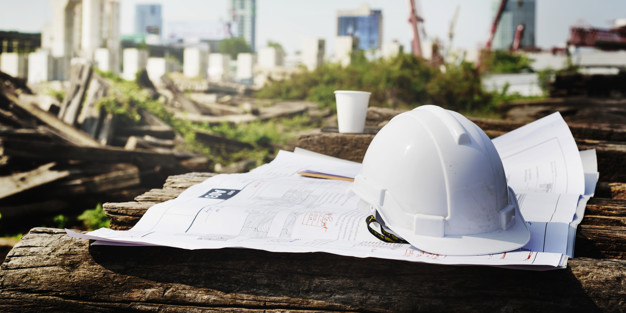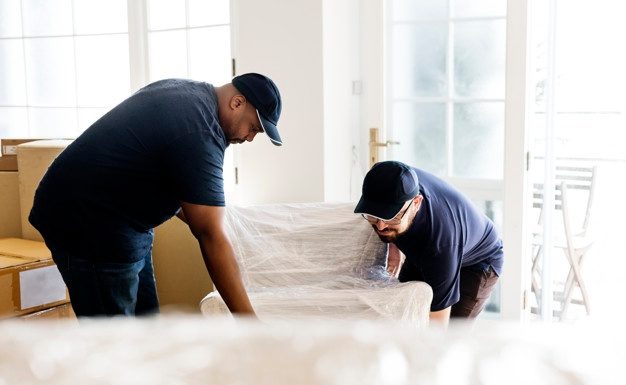A home is usually the single largest investment that a person makes. Most buyers end up spending lots of time and energy either searching for. Or designing “the perfect home” before signing any contracts.
Also, each buyer typically has a list that includes specific needs (the things the buyer absolutely has to have) and wants (the features the buyer would like but could do without if necessary).
While the home-buying process involves a number of important choices. One of the very first decisions buyers need to make is whether to shop for an existing home or build a new one. Each path has its advantages and disadvantages.
Buying an Existing Home
There are two primary advantages to buying an existing home: convenience and cost. Once you are pre-approved by your lender, you can shop around, pick out a home and make an offer.
A qualified real estate agent can streamline the process by helping you find appropriate properties. They’ll guide you through negotiations and assist with the paperwork. Once your offer is accepted, you may be able to close and move in within a month or two.
Even though the process involves numerous steps – such as financing, viewing homes, making offers, home inspections and closing. The convenience of being able to move in right away is compelling enough for many people to choose an existing home over a build. This may be especially true for buyers on a tight schedule, such as those relocating for a new job or whose children will be starting at a new school.
Then there’s the cost. In many (but not all) cases it’s cheaper to buy an existing home. Once you’ve found a prospective, existing home, use a mortgage calculator to get a better estimate of the total cost of purchasing that home based on today’s interest rates.
Depending on your target real estate market, prices for existing homes may still be quite favourable in the aftermath of the financial crisis. Or housing bust that significantly lowers real estate prices across the nation
Convenience versus Customization
Another reason an existing home may be a better option is if you would like to be in a particular established neighbourhood – near work, school, friends and/or family. And if you want to live close to town, your best bet will be an existing home since most, if not all of the land, will have already been built upon.
On the other side, the biggest disadvantage of buying an existing home may be that you won’t get exactly what you want. You may not be in love with the floor plan. And may wish that half bath on the first floor was a full bath or that there was another bedroom on the main floor.
Older homes, in particular, may be functionally obsolete, no longer meeting the needs of most buyers. For example, an otherwise beautiful four-bedroom house may only have one bathroom, or the kitchen may be too small with no room for expansion.
Unless you find an existing home that has exactly what you want and is in perfect condition. You’ll have to spend additional money on remodelling, repairs, decorating and/or landscaping. These additional expenses should be factored into the overall price, especially when choosing among various properties or comparing the cost to building your own house.
See Also: All You Need To Know Before Buying Your First Home
Building a Home
Building a new home doesn’t offer the same convenience as buying an existing house. Not only do you have to find the land, which may not be in an existing neighbourhood, you also have to factor in the time to find an architect or builder, and choose every element of the new structure.
Joining an existing development can streamline the process, though it may limit your degree of choice. You also need to worry about systems, such as whether the land gives you access to county council water and sewage, or requires a well and septic system, along with any environmental and other permits.
The big advantage is you are much more likely to get exactly what you want. For many, this factor alone is enough to choose to build over buying, but there are other advantages too. Better efficiency is good for the environment and can save you money on your utility bills each month.
Another perk? A new house may literally be better for you. And it can be built with certain materials making it better for the environment.
Even though the upfront costs of building can be higher, it may be easier to recoup your investment. In addition, a new home will require fewer repairs and less maintenance, which can save both money and time. And you’ll have a warranty with a new home, so even if something does go wrong, you may still be covered.
Money and features aside, building a house can lead to a level of satisfaction that you can’t achieve through buying an existing home.
See Also: A Construction Guide before Building
Time and Money
The biggest drawbacks to building a house tend to be the higher costs and longer timeframe, both of which can increase throughout the home-building process. That said, you can limit the risk that your house will go over budget. Or take longer than you expected by working with a reputable builder and having a good contract in place.
To avoid unexpected price increases, “try to use a lump-sum contract, instead of a cost-plus contract.” A lump-sum contract specifies a fixed price for construction, putting the risk of cost overruns on the builder instead of the buyer.
In addition, your contractor should work with you to help you reduce costs. Substituting different materials and fixtures can save thousands of dollars, so if costs are a concern, ask ahead of time if there’s a cheaper alternative. And keep in mind that anything out of the ordinary is going to cost more.
To control the timeframe, avoid the open-ended deadlines, and have a game plan and schedule. Moreover, if you are out of state, you’ll want to make sure your builder keeps you up to date with the progress. You can ask if the builder will provide progress photos on a regular basis, and determine who will be your main point of contact throughout the process.
In addition, to save both money and time, maintain good communication with your builder. And make sure you are happy with the design/specs before the build begins. It’s not good for you or your builder if you change your mind about the colour of the granite countertops after they’ve already been installed.
The Bottom Line
Even if you start off your home search set on finding the perfect existing property, you may end up deciding to build to get exactly what you want. Conversely, you may plan on building and later decide an existing home is a better fit. In either case, working with a qualified and experienced professional can help ensure the process goes as smoothly as possible.








